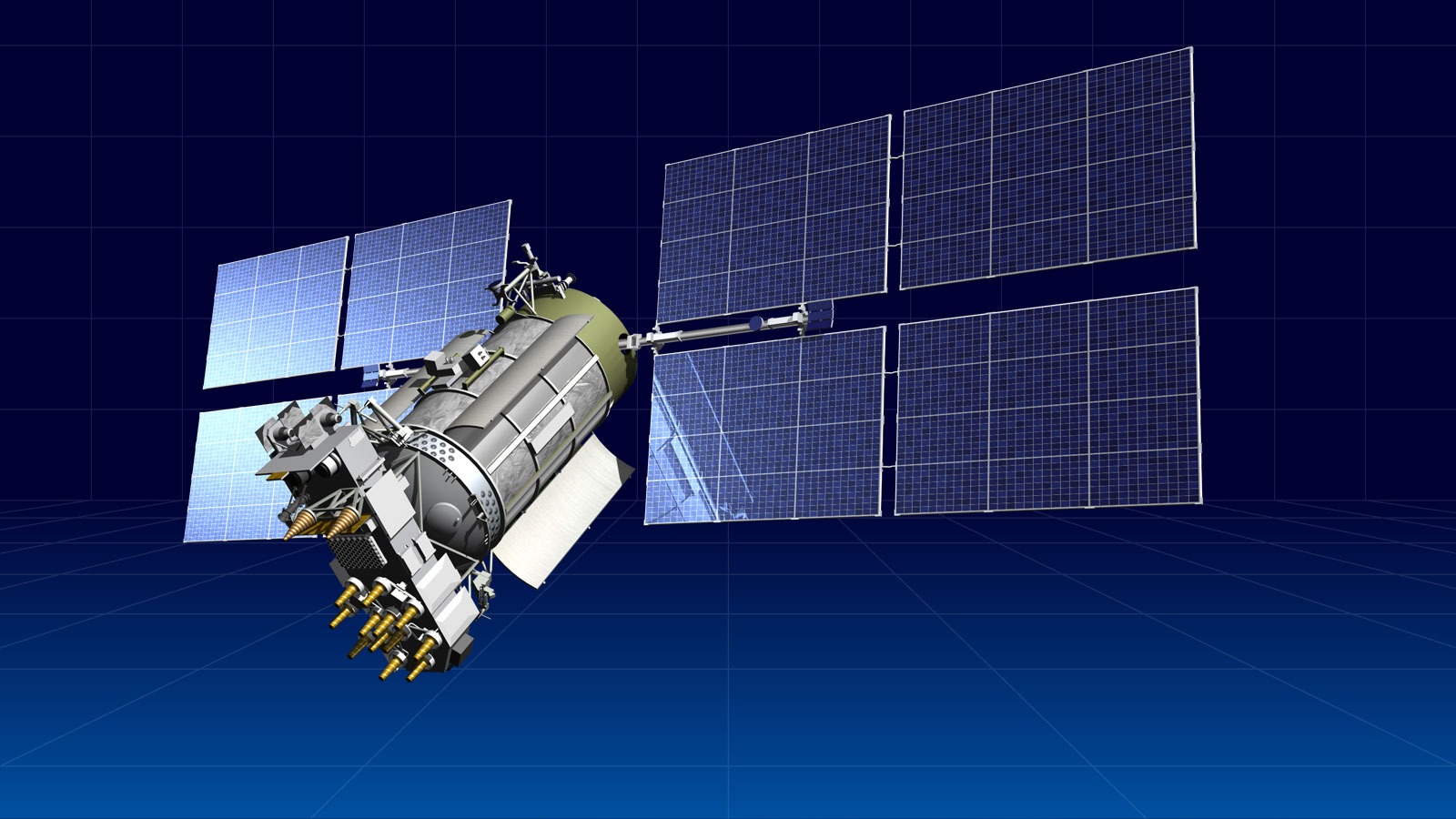A few weeks after its successful January launch aboard the SpaceX Falcon 9 Rocket, the GPS III Space Vehicle 06 (GPS III SV06) received Operational Acceptance.
On the same day, Space Systems Command (SSC) transferred Satellite Control Authority (SCA) of the GPS III SV06 to the 2nd Space Operations Squadron at Schriever Space Force Base in Colorado. This marks the first time a GPS III satellite has received SCA handover and Operational Acceptance on the same day, according to a statement from SSC, expediating delivery to users.
The satellite, part of the GPS modernization effort, is the sixth designed and built by Lockheed Martin. It provides three times better accuracy than earlier designed GPS satellites and up to eight times improved anti-jamming capabilities, according to Lockheed Martin. GPS III SV06 also features a new L1C civil signal that is compatible with international GNSS solutions, such as Galileo, and a modular design so new capabilities can be added as technology evolves.
“The Operational Acceptance of GPS III SV06 further contributes to SSC’s on-going modernization efforts, as it brings our overall suite of capabilities ever closer to our target dates for deployment to the warfighter,” said Col. Heather J. Anderson, transition director within SSC’s PNT directorate. “GPS III SV06 will be set healthy to all global users in February 2023. “
Also known as Amelia Earhart, keeping with the tradition of naming GPS III satellites after famous explorers and pioneers, the satellite has joined the GPS PNT constellation of 31 operational satellites. Launched from Cape Canaveral Space Force Station in Florida, it is the 25th Military-Code satellite introduced to the constellation.
“Collectively, within the system’s already operational satellites, the payload today will further the U.S. Space Force’s ability to provide mission critical global access, persistence and awareness for our national security,” SpaceX quality systems engineering manager Kate Tice said during the launch’s webcast in January.
Lockheed Martin also recently completed production on its original GPS III SV1-10 contract, with the Space Force declaring SV10 Available for Launch in December. GPS III SV07-10 is now in storage at Lockheed Martin’s facility along with GPS III SV07, SV08 and SV09, waiting for the U.S. Space Force to call them up for launch.
“The completion of the tenth, and final, GPS III space vehicle is a significant milestone for GPS modernization. This would not have been possible without the collaboration, communication and accountability of our industry and government partners,” said Scott Thomas, GPS III program manager for the GPS Space Vehicles Acquisition Delta within SSC’s Military Communications & Positioning, Navigation, and Timing directorate in another SSC statement. “The GPS III program contributions underpin U.S. national security needs for our warfighters and for more than four billion GPS users worldwide.”
Lockheed Martin is now designing and building the GPS III Follow On (GPS IIIF), which will feature a laser retroreflector array to enhance accuracy, a search and rescue payload, a fully digital navigation payload and other technologies. SSC contracted Lockheed Martin to build the SV11-20 last November, announcing it had exercised the third production option valued at about $744 million for the procurement of three additional GPS IIIF satellites.




